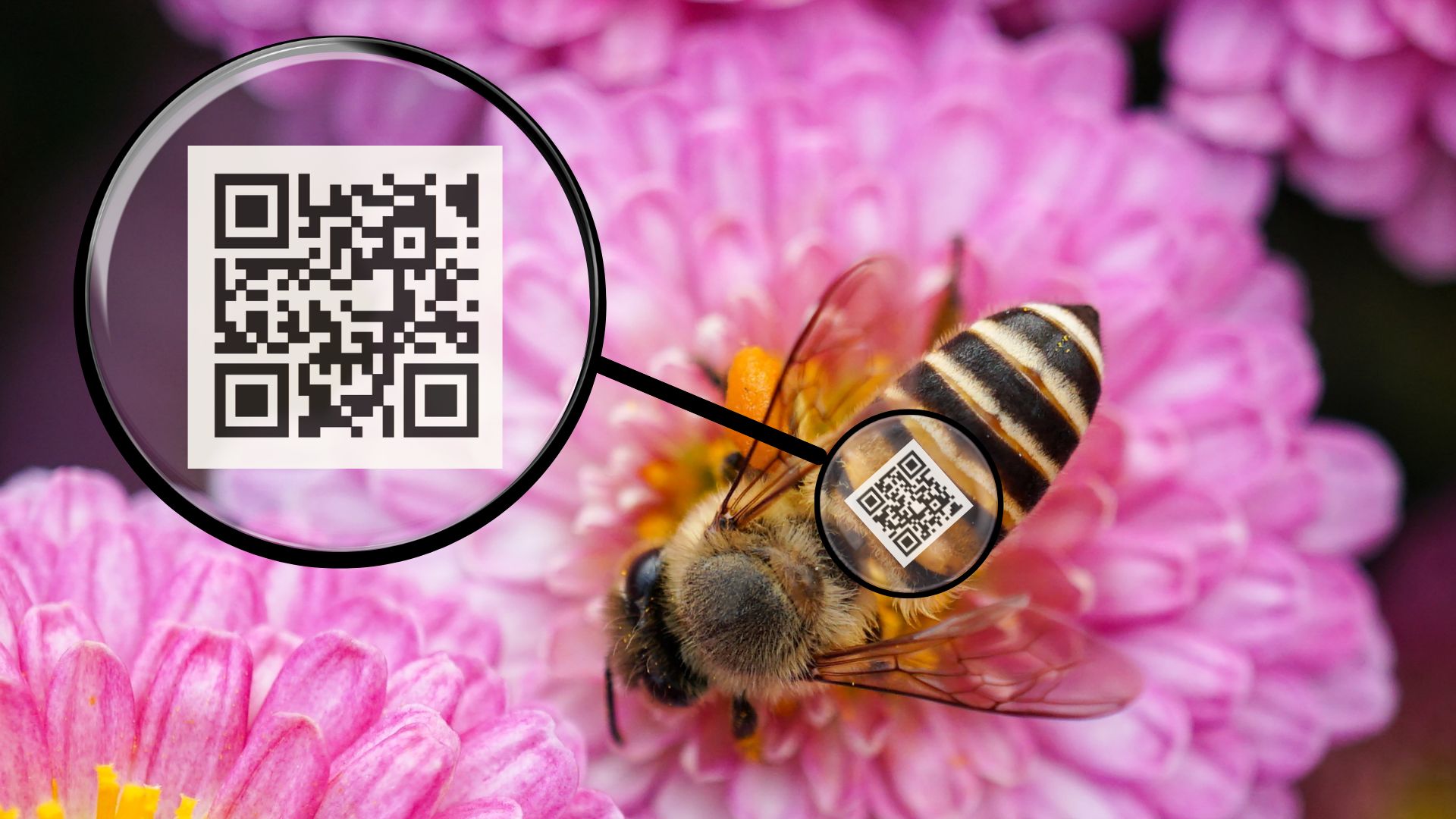Penn State’s New Bee Tracking Tech Is Buzzing With Potential
Ever wondered what bees are up to during their daily buzz? Turns out, scientists at Penn State have been wondering the same thing. And now, thanks to a groundbreaking tracking system, they’re getting answers.
Here’s the scoop. Researchers in Pennsylvania and New York have developed a clever way to slap a metaphorical “backpack” on these tiny creatures. By attaching teensy QR codes to more than 32,000 honey bees, they’re unlocking the secrets of bee behavior. The goal? To figure out how far bees really travel to find nectar and pollen, and how long they’re out and about.
This isn’t just nerdy curiosity, though. It could mean big changes for organic beekeeping practices across the board.
How It Works
Think of it as a high-tech bee concierge system. When a bee leaves or returns to the hive, a camera at the hive’s entrance spots the QR code on her back. This nifty gadget records the date, time, the bee’s direction, and even the temperature. Everything gets logged, and the data helps researchers track patterns in the bees’ daily lives.
Sounds complicated, right? Nope. The setup is surprisingly simple. It’s built with commercially available gear, including a solar-powered tracking camera and a microcomputer. The icing on the cake? The entire system costs less than $1,500 per apiary (that’s six hives!).
Why It’s a Big Deal
Traditional methods to study bees rely on good old-fashioned eyeballs. Scientists would watch and record bees for maybe an hour a day. That’s a tiny snapshot of their lives. The new tracking system, however, runs 24/7. It collects way more data, giving a fuller picture of what bees are doing and when they’re doing it.
Researchers are already seeing some pretty cool stuff. Most bee trips are short and sweet, but occasionally one adventurous bee will disappear for hours. Some spend two weeks getting comfy in the hive before heading out to forage, then work hard for six weeks straight. Turns out, they live longer than we thought.
Big Impacts on Organic Beekeeping
Here’s where this tech really shines. Organic beekeeping comes with a laundry list of challenges. For example, hives can’t be near pollution or treated with chemicals. Plus, bees have a reputation for flying up to 10 kilometers to forage, which means beekeepers need to control vast areas of land.
But is that 10-kilometer distance accurate? Maybe not. Researchers hope precise tracking will show that bees usually stick closer to home. If so, it could shrink the overly cautious “forage zone” requirement, making organic beekeeping more realistic for small farmers.
Tagging Bees and a Few Loitering Problems
But how do you get a QR code on a bee? Carefully. Researchers glued codes onto freshly emerged worker bees that were still soft and stingless. By the end of the season, they had tagged over 32,000 bees. That’s serious determination.
Of course, no experiment goes off without a hitch. Some bees, it turns out, are like awkward teens hanging around the cafeteria doors. They’d loiter at the hive entrance, making the camera pick them up hundreds of times a day. To fix this, researchers tweaked the programming to filter out these “chill session” readings. 
Why It’s a Game-Changer
This system isn’t just effective. It’s smart and accessible. It’s open-source, runs on solar power, and doesn’t need fancy, custom-built equipment. And while it took entomologists and electrical engineers working together to make it happen, it’s designed so beekeepers and other researchers can recreate it on their own.
The good news doesn’t stop there. The team plans to tag and track other species of bees, analyze behaviors like the famous “waggle dance,” and even teach workshops to share what they’ve learned.
So what’s next for these tech-savvy bees and the researchers tracking them? Hopefully, a whole lot more answers and way fewer mysteries in the hive. Stay tuned. Bees aren’t done buzzing us yet.

